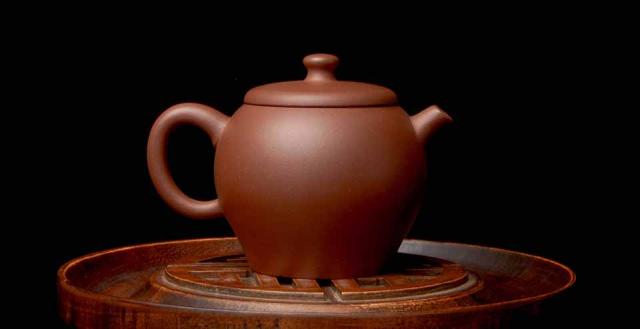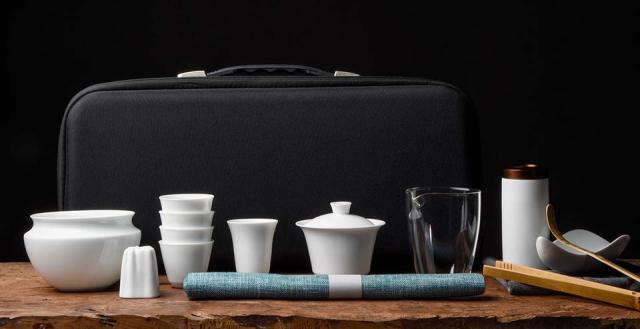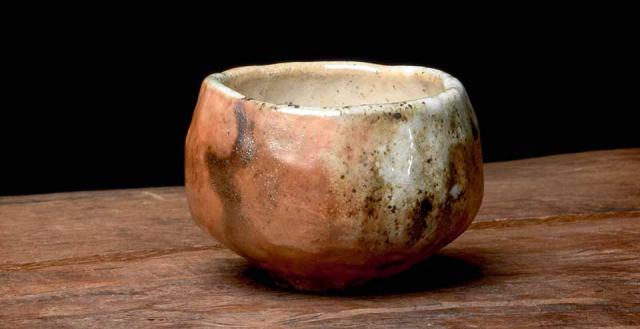• Arriving Soon: Fresh Laoshan Green Teas ~ Pre-Order now
• Dragonwell is here! The first fresh tea of 2024 ~ Only a few pounds left
Get started for as little as $5 - check out tea samplers at a special discount! 🌟
Free Tea Sample in Every order! | Free shipping for orders $45+ 📦
• New arrival: tea tools, clever storage + more to complete your tea set ✨
filters :
out of stock










TANG XIANWU
Tang Xianwu was born in Zhejiang in 1976.
National Senior Arts & Crafts Artist Tang Xianwu is famous for her incredible precision; her works are full of drama, and her beautiful and unique craftsmanship and design has won her awards and acclaim.
Her pieces have a home in permanent museum collections and private collections around the world. Her work has even featured in a commemorative postage stamp.




















































































































































